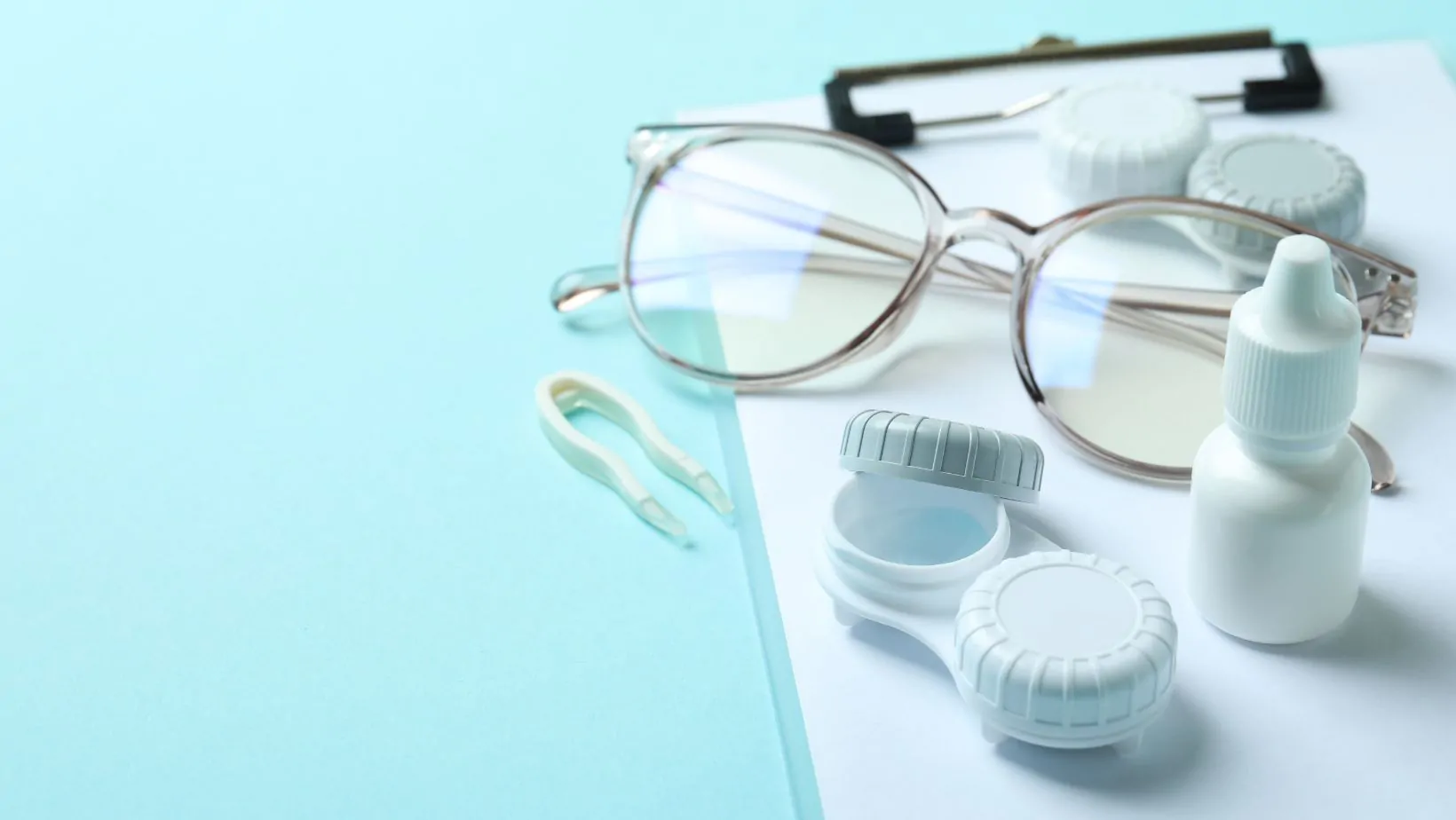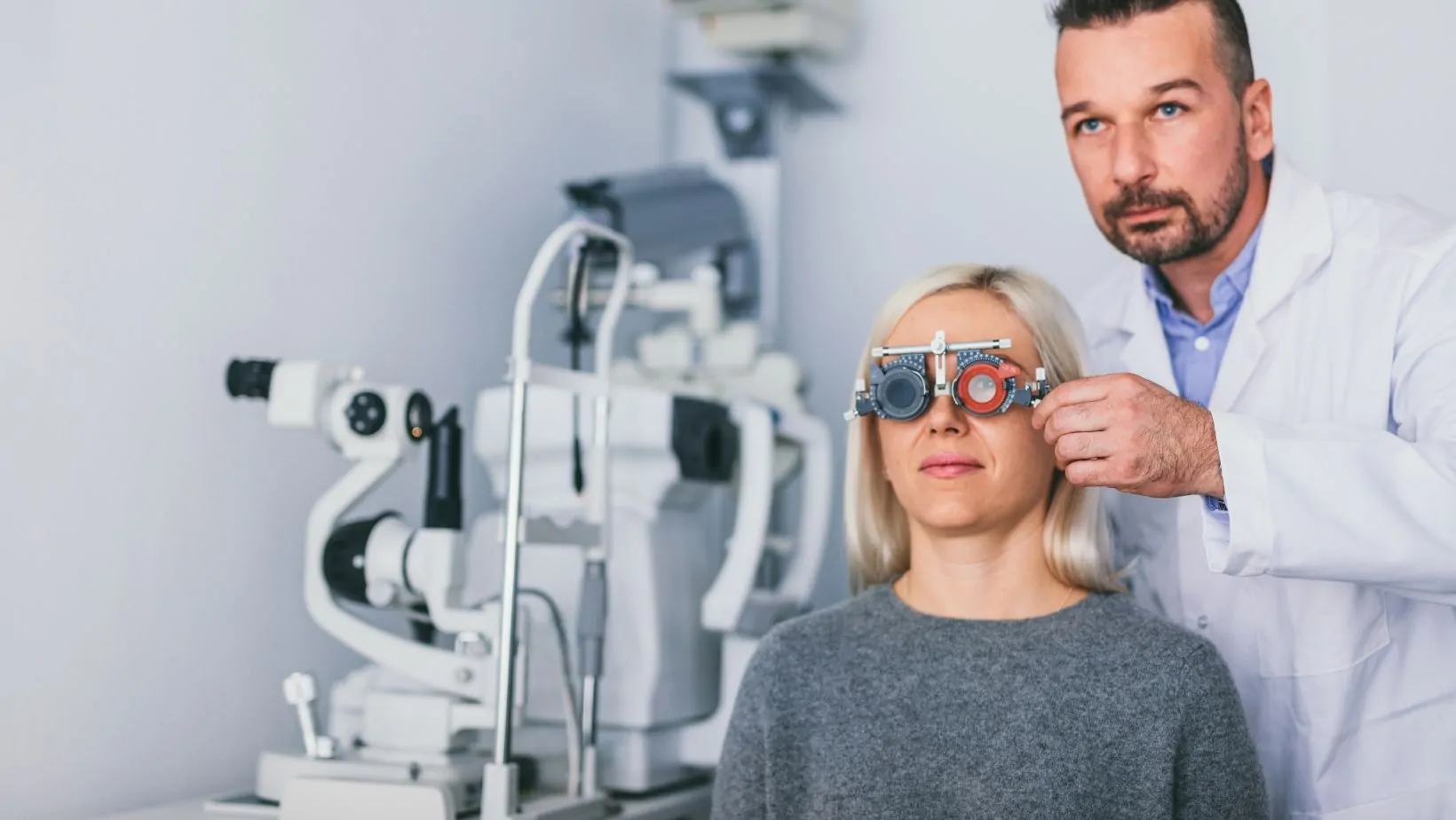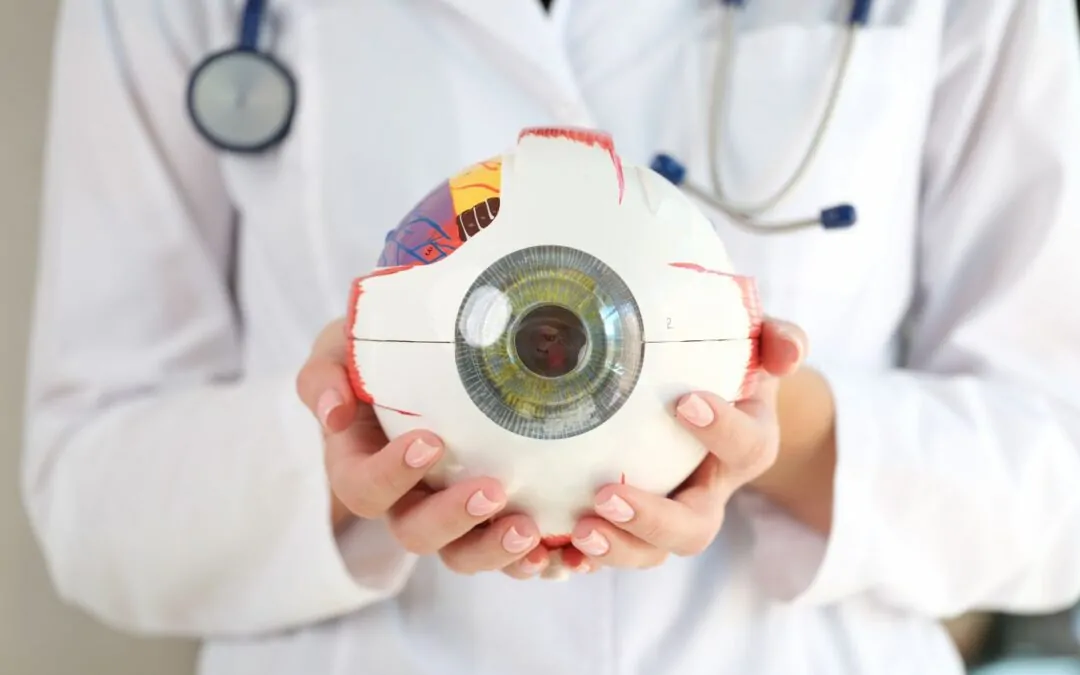In health and wellness, eye care is surrounded by myths and misconceptions ranging from old wives’ tales to misinterpreted scientific facts.
With the advent of digital screens and increasing hours spent in front of computers and smartphones, taking care of our eyes has never been more critical.
In this blog, we’ll debunk some of those myths and share what works to keep our eyes healthy.
Scientific Evidence in Eye Care
Scientific evidence is crucial in eye care. It helps show which treatments and interventions are effective. Rigorous research and clinical studies let eye care professionals gather data. This data supports using certain medications, procedures, and technologies. It shows how these improve patient health and vision. One of these is macular degeneration treatment which is proven to have helped a lot of patients with age-related eye diseases.
An evidence-based approach matters in eye care. It means practices are based on sound science. This leads to better patient outcomes and care quality. Through research, eye care professionals can establish what works. Patients benefit from treatments that have proven effective.
Understanding Vision
Understanding vision is essential for understanding how we perceive the world.
From how light enters our eyes to the complex processes in our brain, vision is a fascinating and complex sense that plays a crucial role in our daily lives.
Central vision vs. peripheral vision
Central vision sees objects directly before us with great clarity and detail. It is essential for reading, driving, and recognizing faces.
Peripheral vision is seeing objects and movement outside our direct line of sight. It helps us become aware of our surroundings and potential threats.
Both central and peripheral vision are important for overall eye health. Central vision is crucial for focused, detailed tasks. Peripheral vision is essential for situational awareness and safety.
Contrary to popular belief, 20/20 vision only measures the sharpness of central vision at a distance. It does not account for other important markers of eye health, such as
- Peripheral vision
- Depth perception
- Color vision,
- The ability to focus and coordinate the eyes
Assessing peripheral vision can help detect potential health issues like glaucoma, retinal detachment, and brain tumors.
Common Eye Health Concerns
Eye health is an important aspect of overall well-being, and several common concerns can impact vision and eye comfort.
From minor irritations to more serious conditions, we must be aware of these common eye health concerns and take the necessary steps to protect and care for our eyes.
Common Health Conditions that Can Affect Vision
Some common health conditions can impact vision, including

- Diabetes – can lead to diabetic eye disease like diabetic retinopathy, causing vision loss and blindness if untreated.
- High blood pressure can damage blood vessels in the eyes, affect vision, and increase the risk of conditions like hypertensive retinopathy.
- Age-related macular Degeneration (AMD) – results in loss of central vision due to retina damage, a leading cause of vision loss in people 50+
- Glaucoma – damages the optic nerve, which is vital for vision, and is a leading cause of blindness for people over 60
- Cataracts – clouding of the eye’s lens affecting vision, the leading cause of blindness worldwide
- Dry Eye Syndrome – insufficient tears can lead to eye inflammation and damage, causing discomfort and visual issues
- Refractive Errors – conditions like nearsightedness and farsightedness affect how eyes focus light, causing blurred vision
Regular eye exams are crucial for those with diabetes and high blood pressure to detect and manage potential vision issues early.
Debunking Eye Care Myths
Old wives’ tales continue circulating even as research reveals the truth. When caring for our eyes, it is important to separate fact from fiction.
As we explore common eye care myths, we must approach them skeptically and open ourselves to scientific evidence. This allows us to debunk unfounded claims and learn best practices for modern eye health.
Here’s everything you need to know about Myths:
Myth 1: Sitting Too Close to the TV
Contrary to old beliefs, modern TVs are made to high safety standards and don’t harm your eyes, even if you sit close.
The real issue is eye strain or fatigue from not taking breaks or sitting too far or close. Resting your eyes and keeping a good distance for comfortable viewing is important.
Myth 2: Reading in Poor Light
While reading in dim light can cause eye strain, including headaches and blurred vision, it won’t permanently affect your eyesight.
For comfort and to prevent strain, always use adequate lighting when reading.
Myth 3: Carrots Improve Your Vision
Carrots are rich in vitamin A, which is important for eye health. However, eating carrots will not improve vision if your diet meets nutritional needs.
Vitamin A deficiency can cause night blindness. However, for people with a balanced diet, adding more carrots will not enhance eyesight or have a magical effect.
Carrots support eye health but don’t improve vision. Increase carrot intake if you eat a nutritious diet with adequate vitamin A.
Myth 4: Dead Skin Cells Can Damage the Eyes
The idea that dead skin cells themselves harm your eyes is a myth. While they don’t directly damage your eyes, they can lead to irritation if not cleaned away.

Good hygiene, such as regular face washing, gentle exfoliation, and using moisturizing eye drops, prevents dead skin buildup around the eyes.
Maintaining clean skin, especially near the eyes, is key to avoiding irritation and keeping your eyes comfortable.
Maintaining Healthy Eyesight
In an era where screens dominate our lives, and the average person spends a significant portion of their day staring at digital devices, maintaining healthy eyesight has never been more critical.
According to medical professionals at Vision Center, “Your eye health might be something you don’t think about until it fails. Even if you have 20/20 visual acuity now, you’ll likely experience age-related vision changes around age 40. And the risk for vision-threatening eye conditions increases with age.”
To maintain healthy eyesight:
- Access reliable eye care information and resources
- Explore personalized eyewear options.
- Engage professional eye care services.
- Stay informed on the latest vision care.
Proactive eye care, expert guidance, and vision health awareness are key to optimal eye health amid digital device use.
Here’s What Works in Eye Care:
Regular Eye Exams:
Regular check-ups with an eye care professional are crucial for maintaining eye health. These exams can detect problems before they become severe and ensure that your prescription is current if you wear glasses or contacts.
Protection Against UV Light:
Exposure to ultraviolet (UV) light can increase the risk of cataracts and other eye conditions. Wearing sunglasses that block 100% UVA and UVB rays protects your eyes.
Manage Screen Time:
Digital Screens, especially when used at a young age or for prolonged periods, can lead to eye strain, dry eyes, and fatigue.
Additionally, employing anti-glare screens and maintaining a proper distance from the screen are advantageous practices.
Healthy Diet
A diet rich in omega-3 fatty acids, lutein, zinc, and vitamins C and E can help prevent age-related vision problems like macular degeneration and cataracts.
Green leafy vegetables, fish, eggs, nuts, and citrus fruits are excellent sources of these nutrients.
Final Thoughts:
Eye care is integral to overall health, and understanding what truly benefits our eyes can help prevent unnecessary worries and practices.
Remember, when it comes to eye care, prevention is always better than cure.
Jessica has a flair for writing engaging blogs and articles. She enjoys reading and learning new things which enables her to write different topics and fields with ease. She also strives to break down complex concepts and make them easy for anybody to comprehend.





